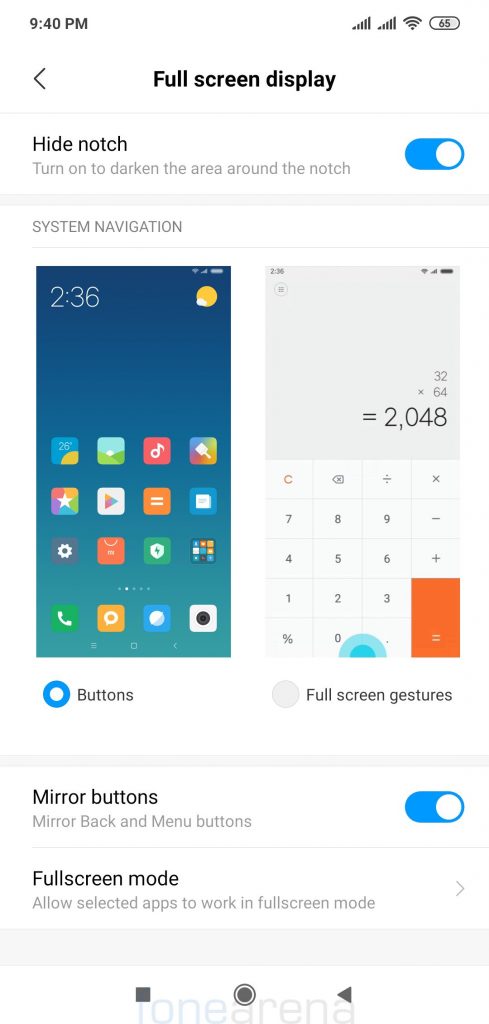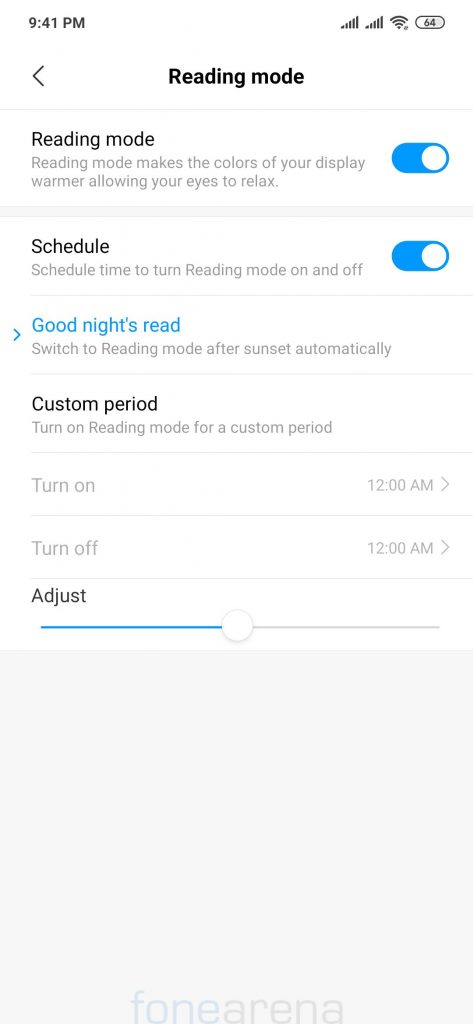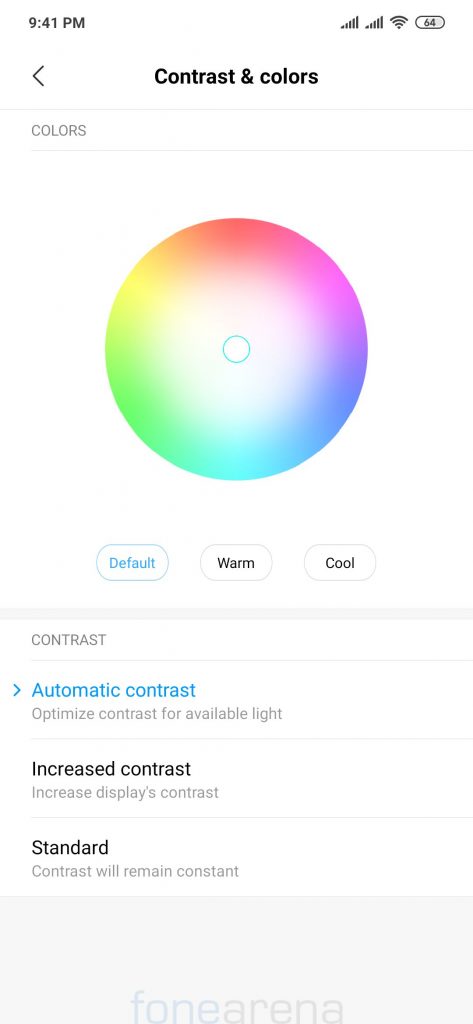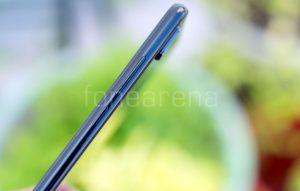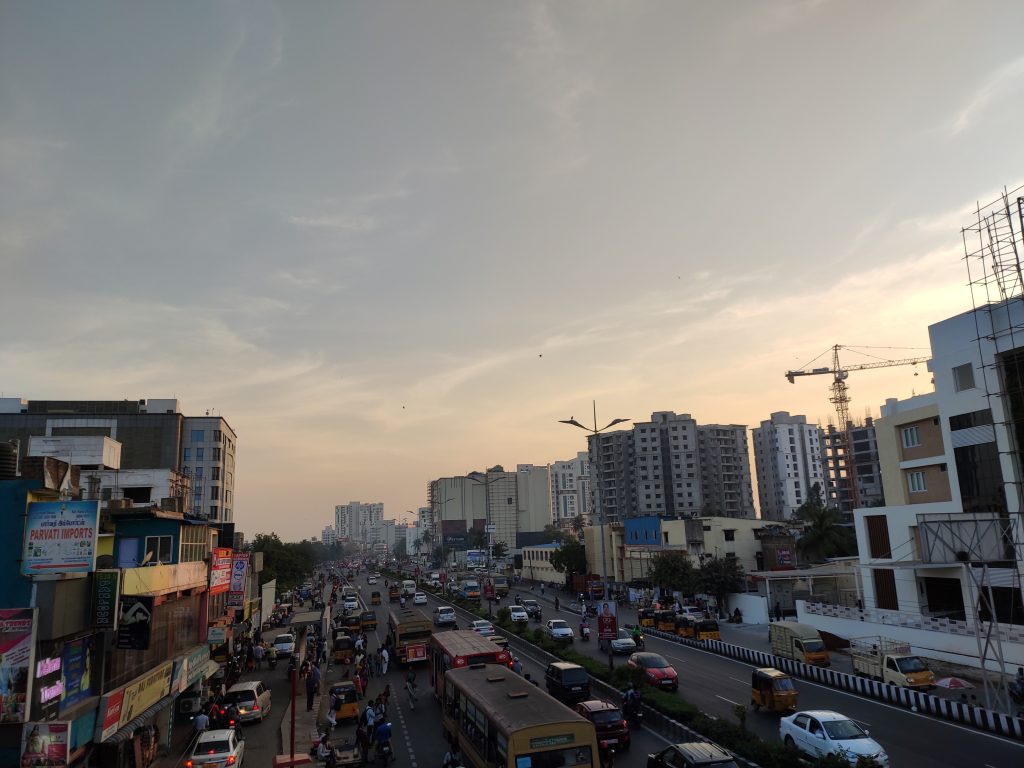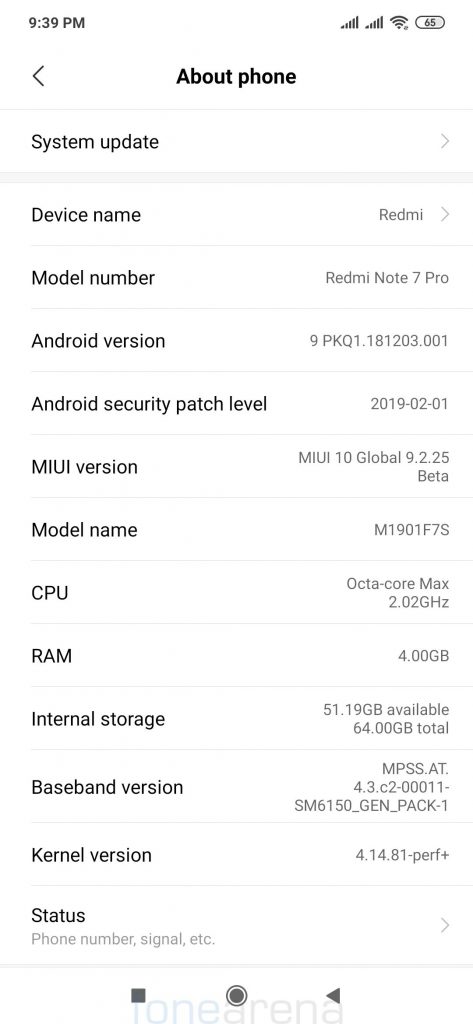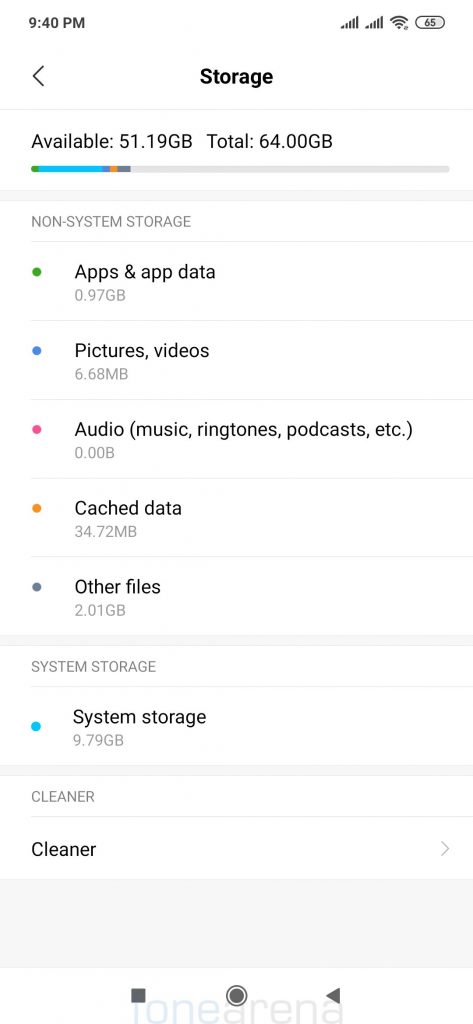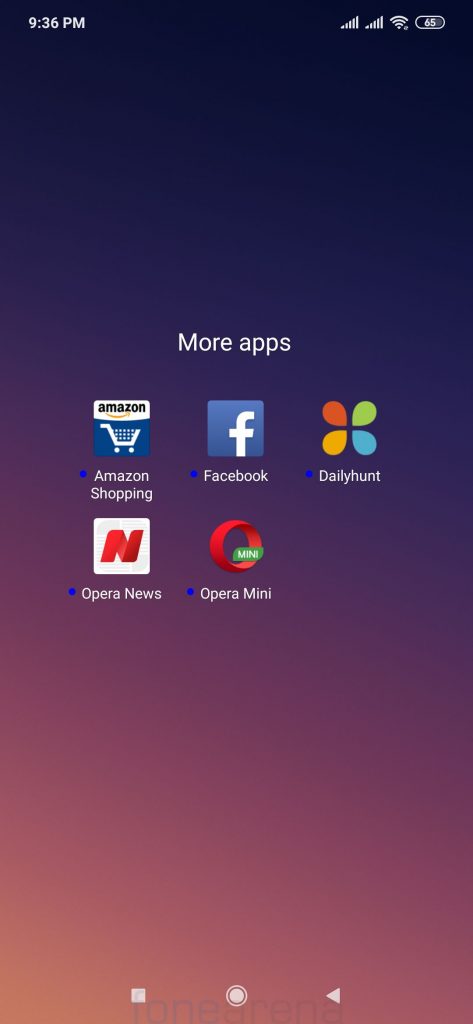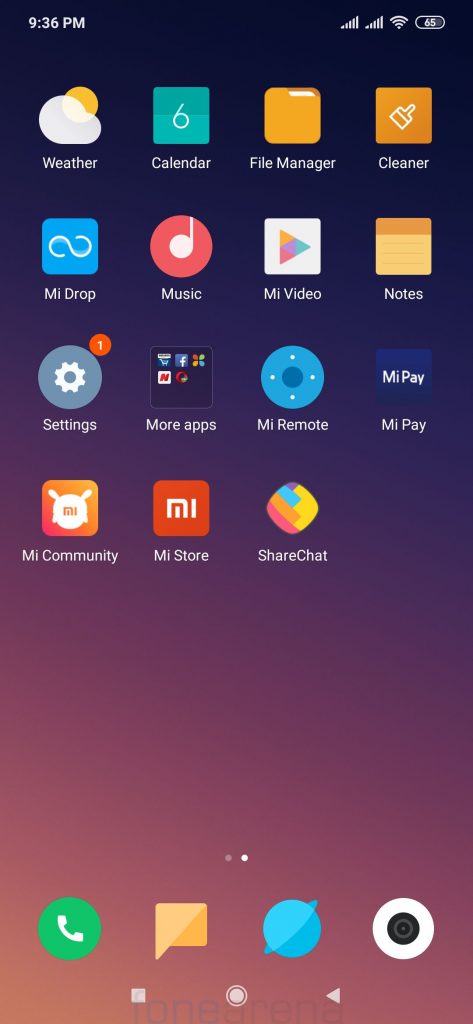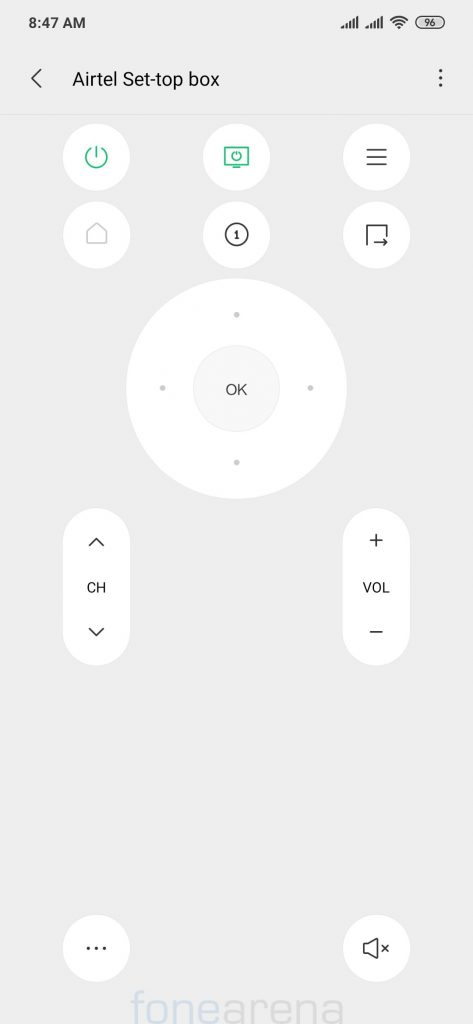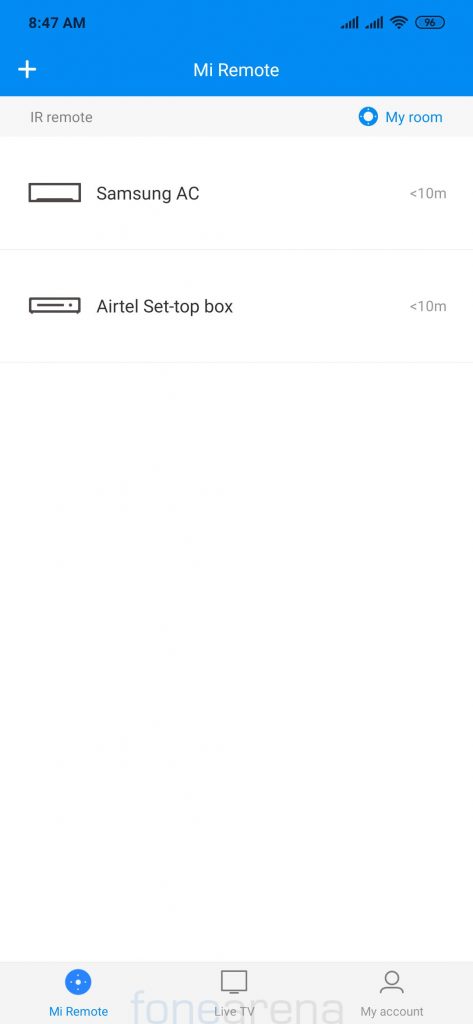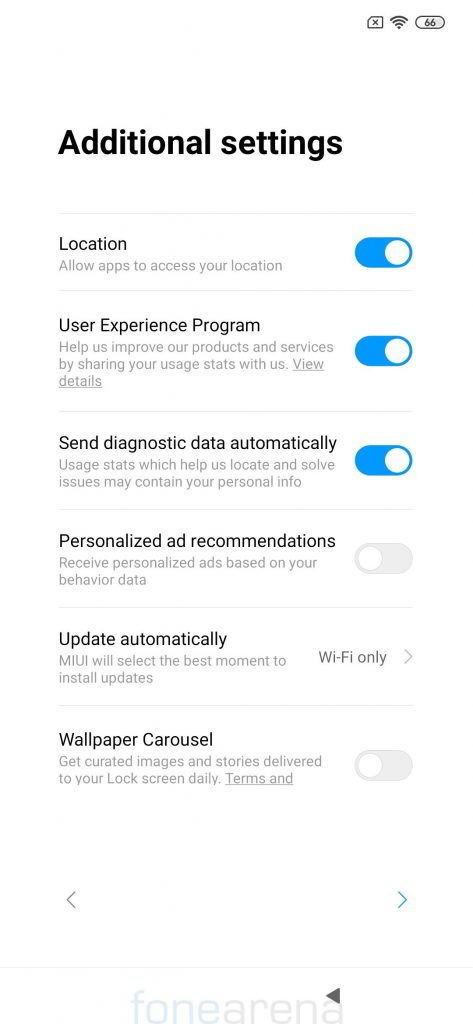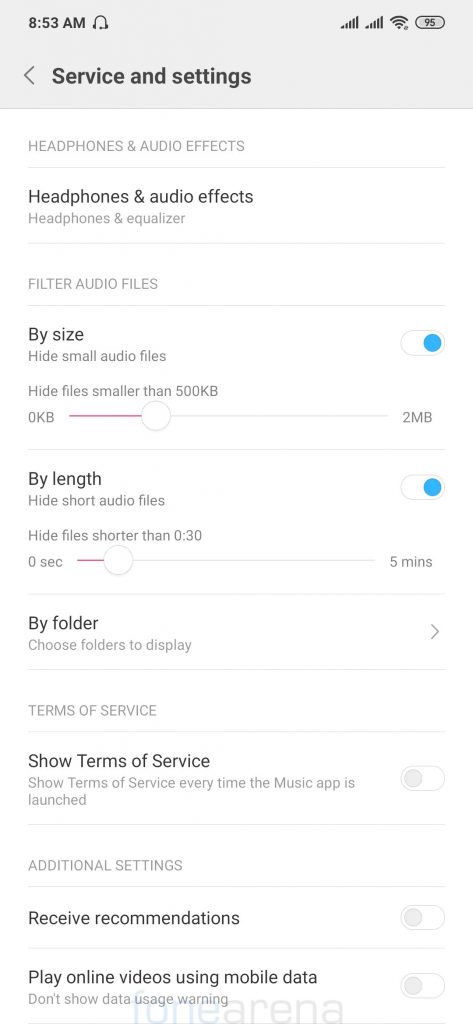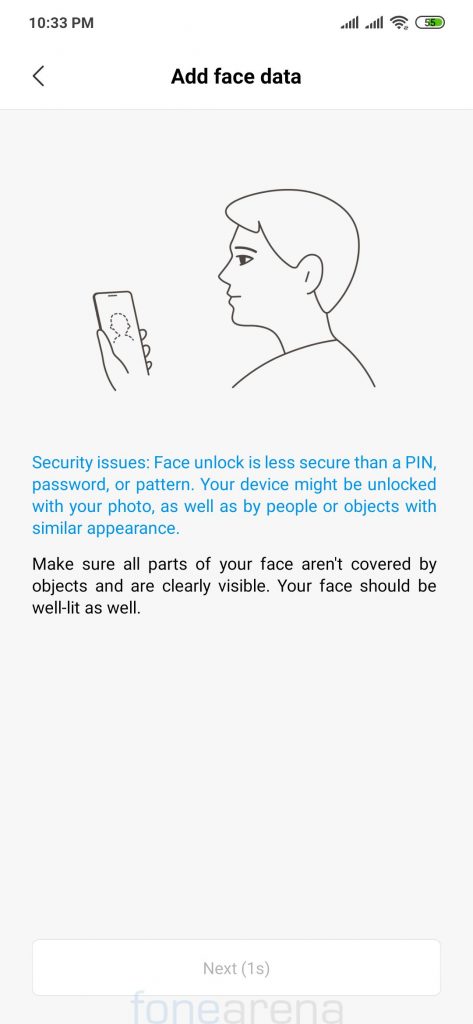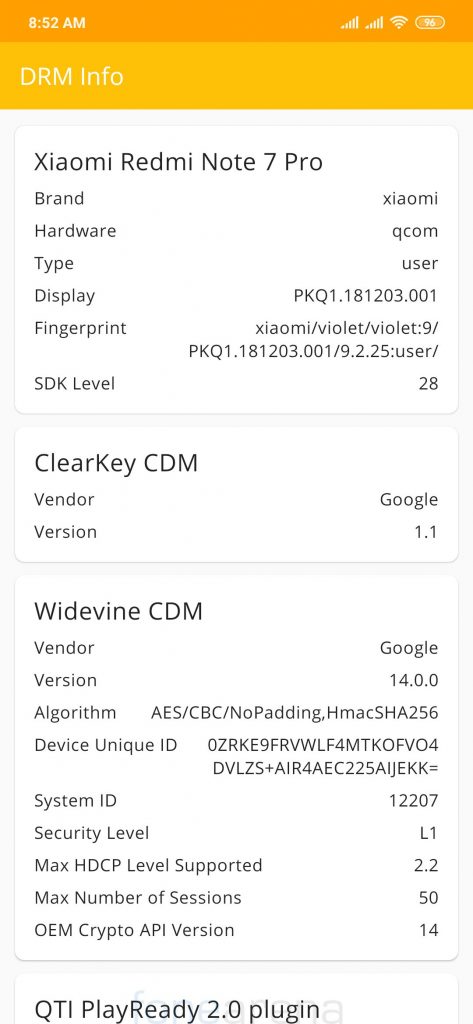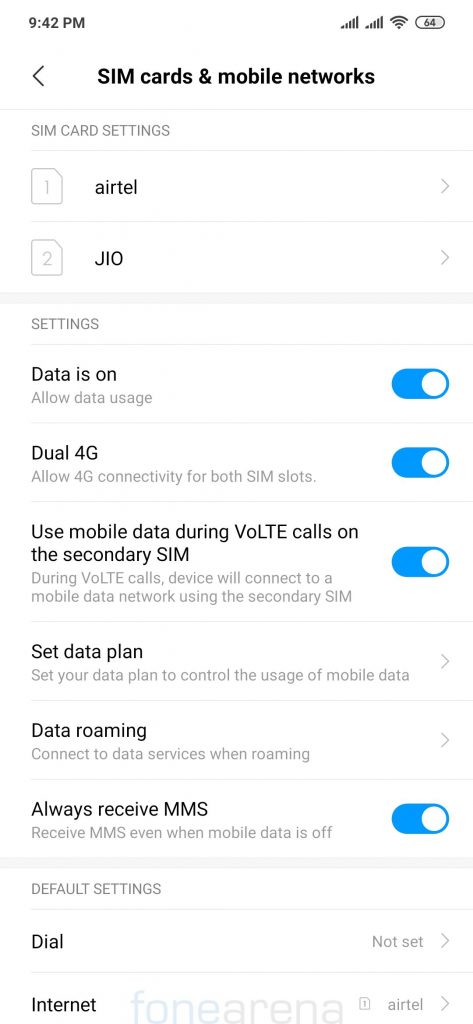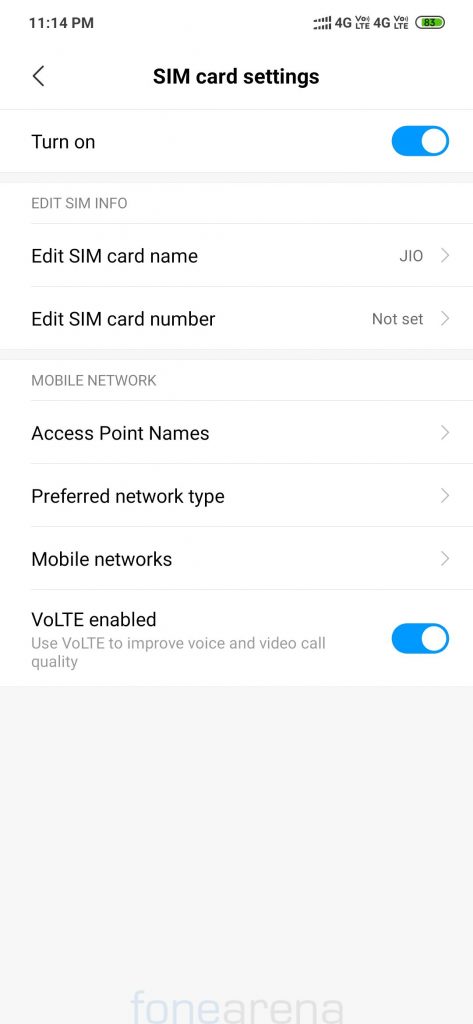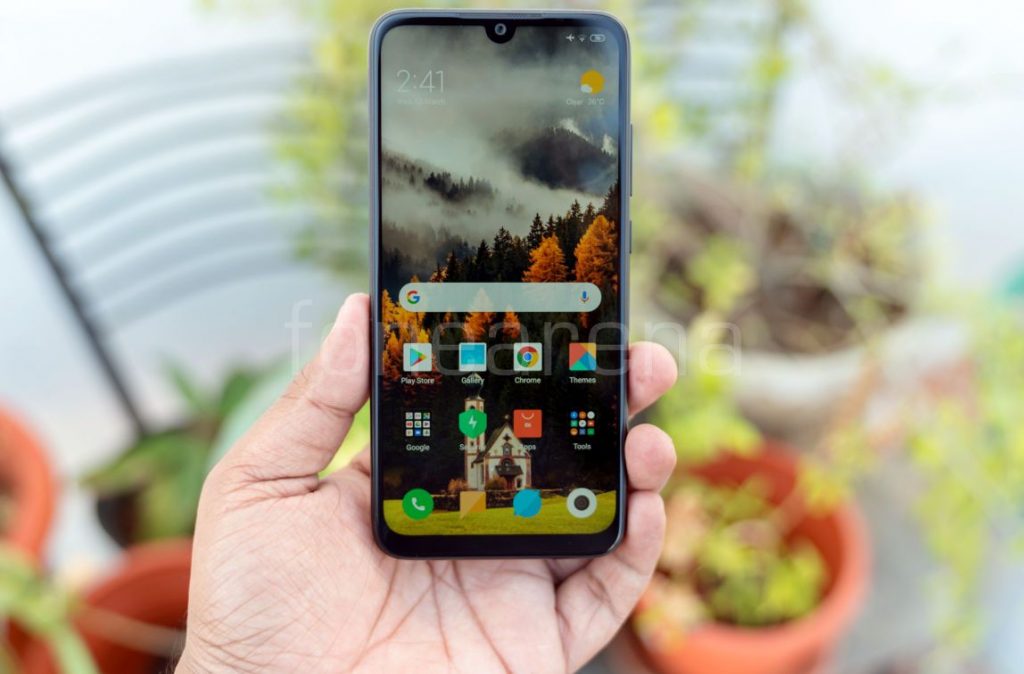
Xiaomi is known for its value-for-money (VFM) devices. Last year’s Redmi Note 5 Pro surprised everyone, but the Redmi Note 6 Pro that came late last year was not a major upgrade. The latest Redmi Note 7 Pro is a major upgrade in terms of display, design, processor, camera, and what not. The specifications look great on paper for the price. Let us dive into the review to find out what the device has to offer.
Display, Hardware and Design
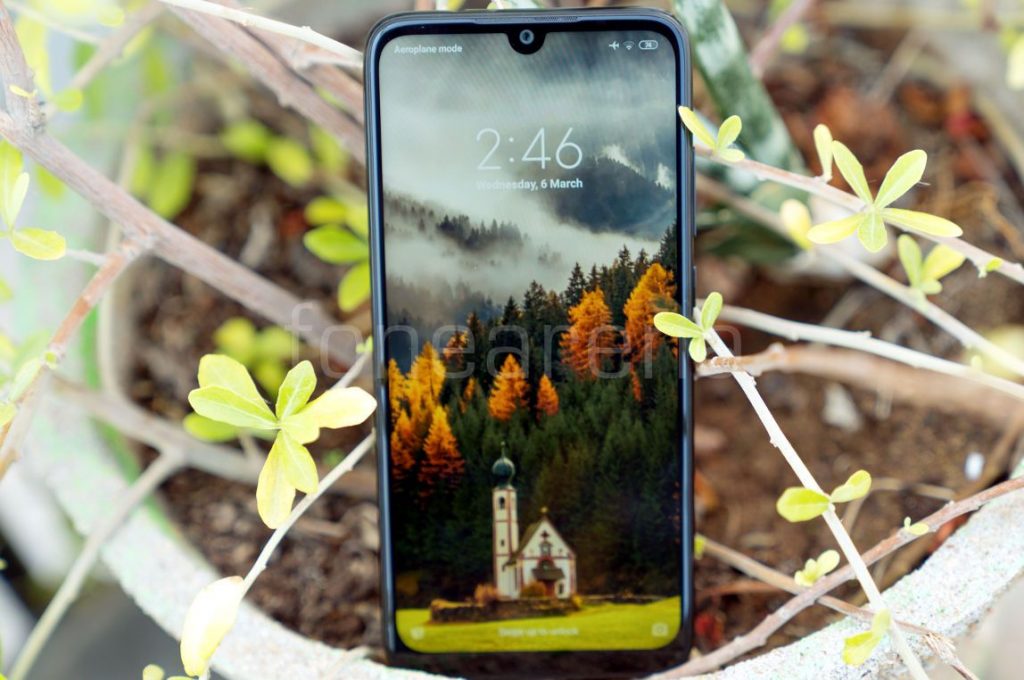
The main change in the Redmi Note 7 Pro when compared to the Note 6 Pro is its 19.5:9 aspect ratio 2.5D curved glass screen with gentle rounded corners. The ‘Dot Notch’ is not intrusive compared to the wide notch on the Note 6 Pro. It has a large 6.3-inch Full HD+ display with a pixel resolution of 2340 × 1080 pixels and a pixel density of about 409 PPI. The display is bright, thanks to 450 nits brightness and 1500:1 contrast ratio and the colors are vibrant since it has 84% of NTSC color gamut. Sunlight legibility is good, since it has a Sunlight display that uses hardware-level technology to adjust the contrast of each pixel in real time, so images are less affected by glare. It also has Corning Gorilla Glass 5 protection.
Since this has a 19.5:9 aspect ratio screen, you can pinch to zoom to fill the screen when you use video apps, but the content is cropped. There is also an option to hide the notch that adds a black bar on the top. Under the display options there are different options to adjust colors and contrast based on your preference. There is also reading mode that lets you reduce the display’s blue light emission so it doesn’t cause eye strain when you are reading at night.
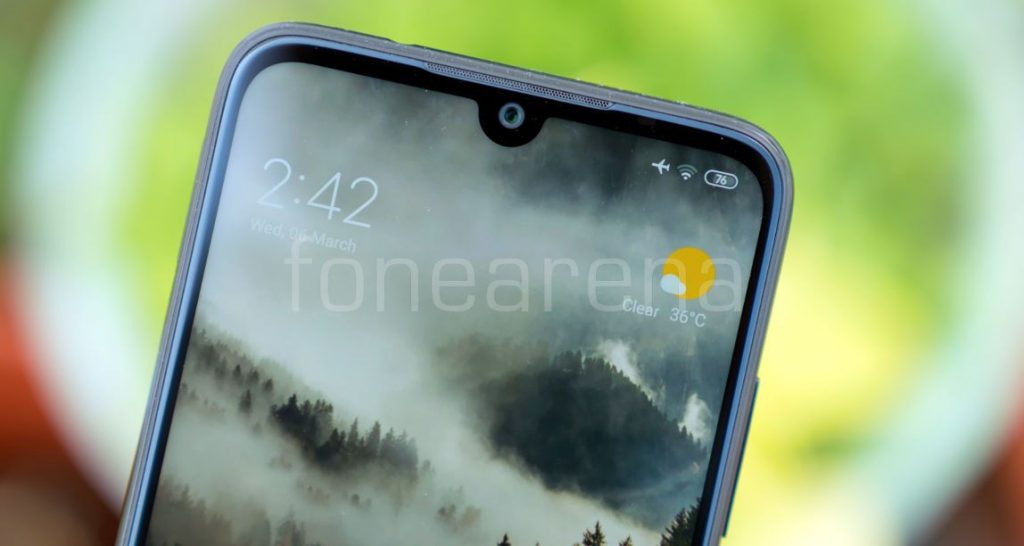
Above the display there is an earpiece on the top edge. The usual set of proximity and ambient light sensors are present on the bezel, but these are hardly visible. It also has a gyroscope and a magnetic sensor, otherwise known as a magnetometer. There is also a 13-megapixel camera on the front with f/2.0 aperture.
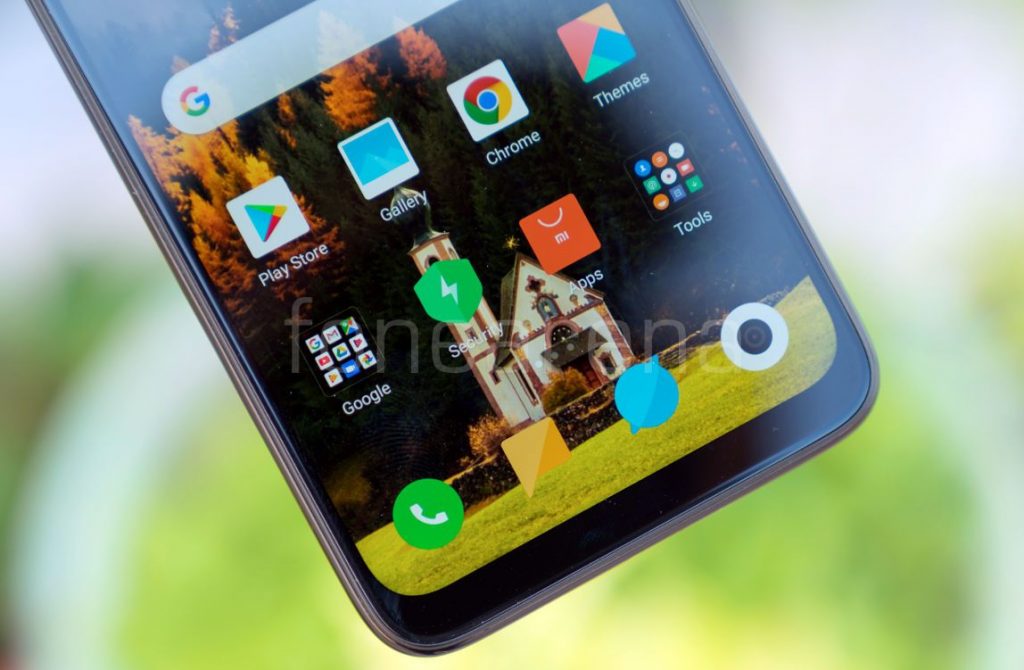
There is a small bezel below the display. The notification LED have been moved to the bottom edge that glows in white color.
Coming to the button placements and slots, the power button and the volume rockers are present on the rights side, hybrid SIM slot is present on the left side, 3.5mm audio jack, secondary microphone and Infrared sensor are present on the top, while the primary microphone, USB Type-C port and loudspeaker grill are present on the bottom. The phone has a plastic finish on the sides, so there are no issues for the antenna placements.
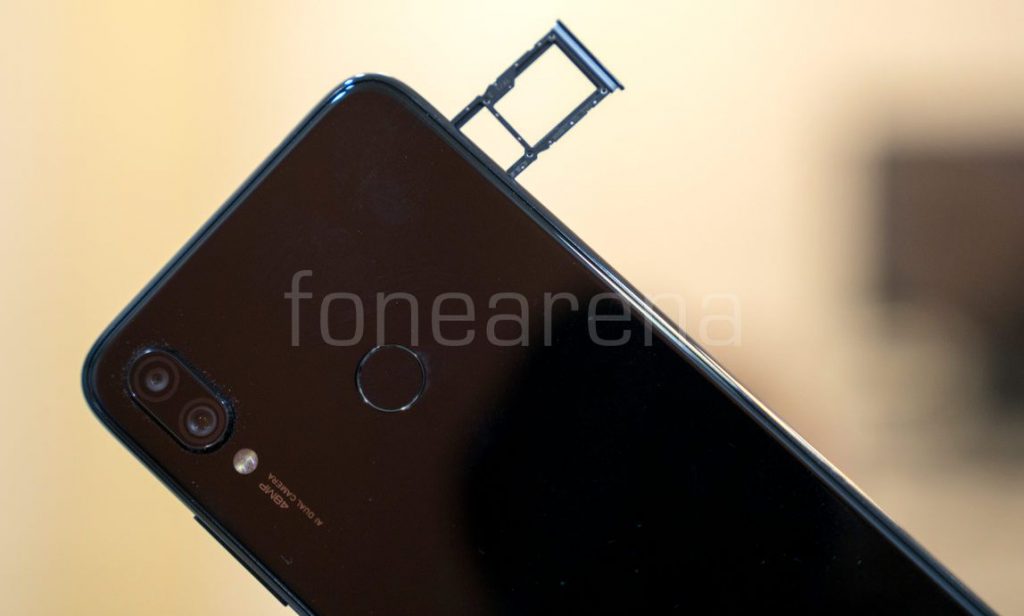
Cheaper Redmi series phones get dedicated slot, but the company is sticking to Hybrid dual SIM slots for the Redmi Note series, even though some smartphones offer dedicated slots in the price range. This accepts two SIMs or a SIM and a microSD card up to 256GB. The phone is 8.1mm thick compared to 8.26mm thick Redmi Note 5 Pro, but it is just 75.21mm wide compared to 76.4mm width on the predecessor, even though both have almost same display size.

On the back there is a 48-megapixel rear camera with single-tone LED flash, secondary 5-megapixel camera and there is a fingerprint sensor below that. Even though the phone is slightly slimmer compared to the predecessor, this has camera bump, which looks weird and is not even when you place the phone on a flat surface. However, the camera lens doesn’t get scratched easily since it has some kind of scratch-resistant glass.

Even though the phone has a large screen, it is compact to hold. It has about 81% screen-to-body ratio, similar to the predecessor. Unlike the predecessor, this has a new Aura design that has a glass back with Corning Gorilla Glass 5 Protection.
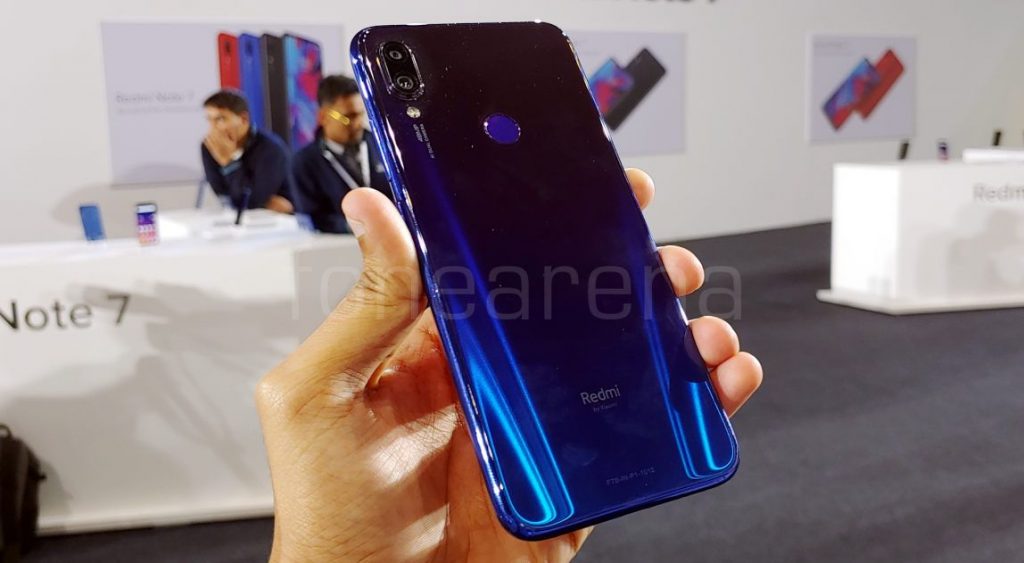
The Neptune Blue and Nebula Red colors have a gradient design, but the Space Black which we have doesn’t have it. The phone even has a P2i nano coating similar to the predecessor, making it splash proof and it can also withstand light rain, but can’t be immersed in water since it lacks IP ratings. Glass back of the phone attracts fingerprint easily, but it is not slippery to hold. It is recommended to use the bundled protective case. The company will also sell perforated case at Rs. 349.
It packs a 4000mAh built-in battery, which is same as most of the Redmi Note series phones, but there are no complaints since MIUI offers good optimization. It is a bit heavy at 186 grams since it has a large battery and a glass back.
Camera

It has a 48-megapixel primary rear camera with single LED Flash, f/1.79 aperture, 1/2.0″ Sony IMX586 sensor, 0.8μm pixel size, 6P lens has support for PDAF, EIS along with a secondary 5-megapixel camera to capture depth information in portrait shots. It has a 13-megapixel front-facing camera with f/2.0 aperture.
The camera UI is familiar with other Xiaomi smartphones running MIUI 10 with flash, HDR, AI (that can detect 33 scene categories for rear and 12 scene categories for the front camera), color modes (Normal, Vivid, Film, Amour, Latte, Sun, Cookie, Calm, Soda, Gourmet, Glow, Berries, B&W and Fade) on the top. Pressing the menu option shows timer, tilt-shift, straighten, group selfie, Google lens and 48MP option. There is a front camera toggle on the bottom along with option to select modes such as Short Video, Video, Photo, Portrait, Night, Square, Panorama and Pro mode to adjust white balance, shutter speed (1/1000s to 32 seconds). Beautify option (that can be from 1 to 5) is available for both front and rear cameras.
Coming to the image quality, daylight shots came out brilliant with good dynamic range, thanks to the large sensor. HDR shots are better, and macro shots are good as well with good amount of details. You can easily enable the 48MP mode that offers a lot of details, but the images are about 15MB in size. Dual camera portrait shots were good and the edge detection was good as well. There is an option to adjust the blur live after it is shot, and there is also light trails and studio lighting options.
Low-light shots are good, thanks to 4-in-1 Super Pixel technology that lets the camera’s sensor hardware combine 4 pixels into a single 1.6μm large pixel, and the night mode is even better making the images brighter offering more details, but there is still noise when there is hardly any light. Images with flash are good and the flash is not overpowering. Daylight front camera shots are decent, but low-light shots are just average since it only uses screen flash. Portrait for front camera looks artificial since it uses software-based blur.
The phone also supports Camera2 API by default so Google Camera ports for advanced editing including RAW capture will work without an unlocked bootloader.
Check out some camera samples (Click the image to view the full resolution sample.)

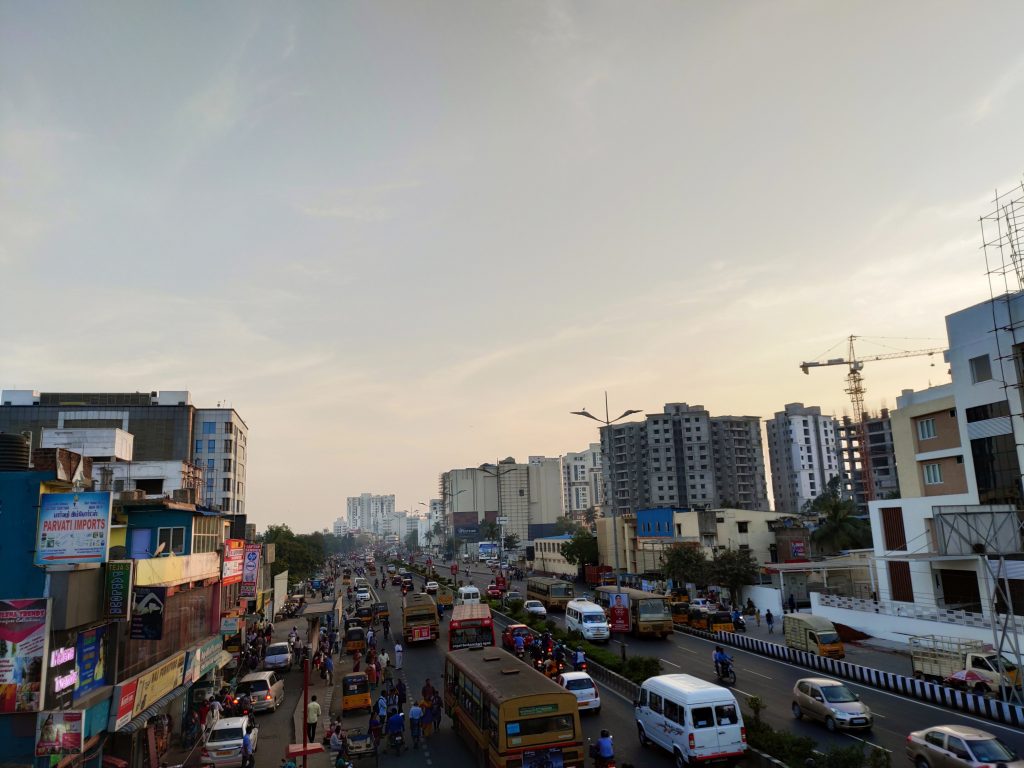
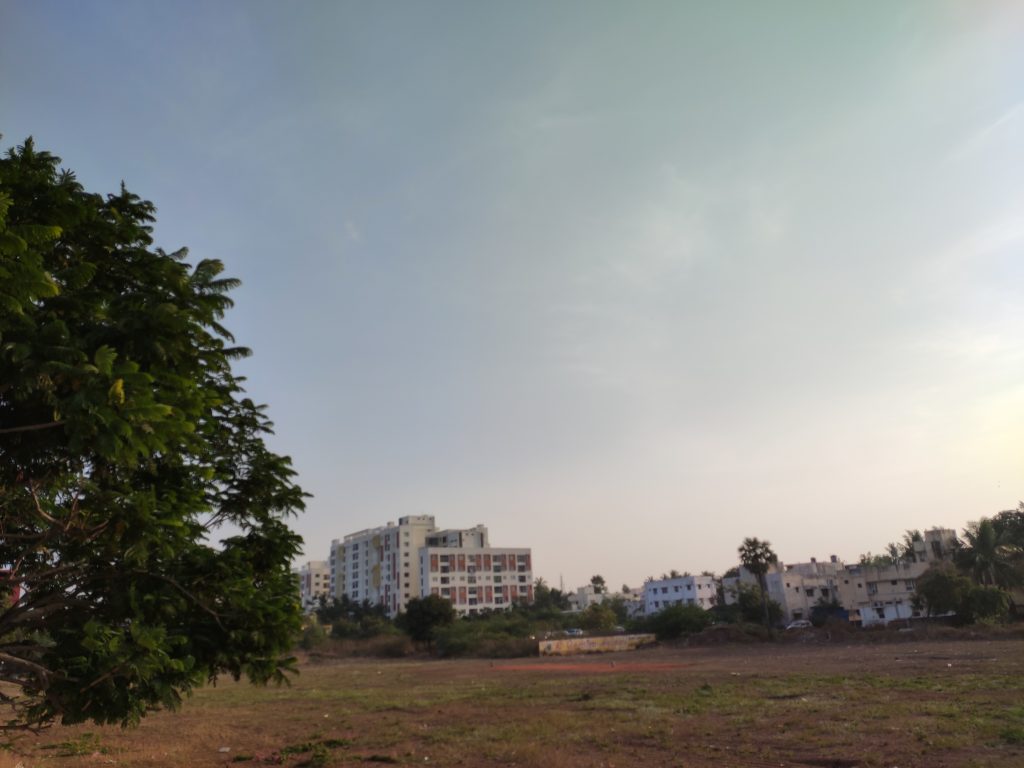

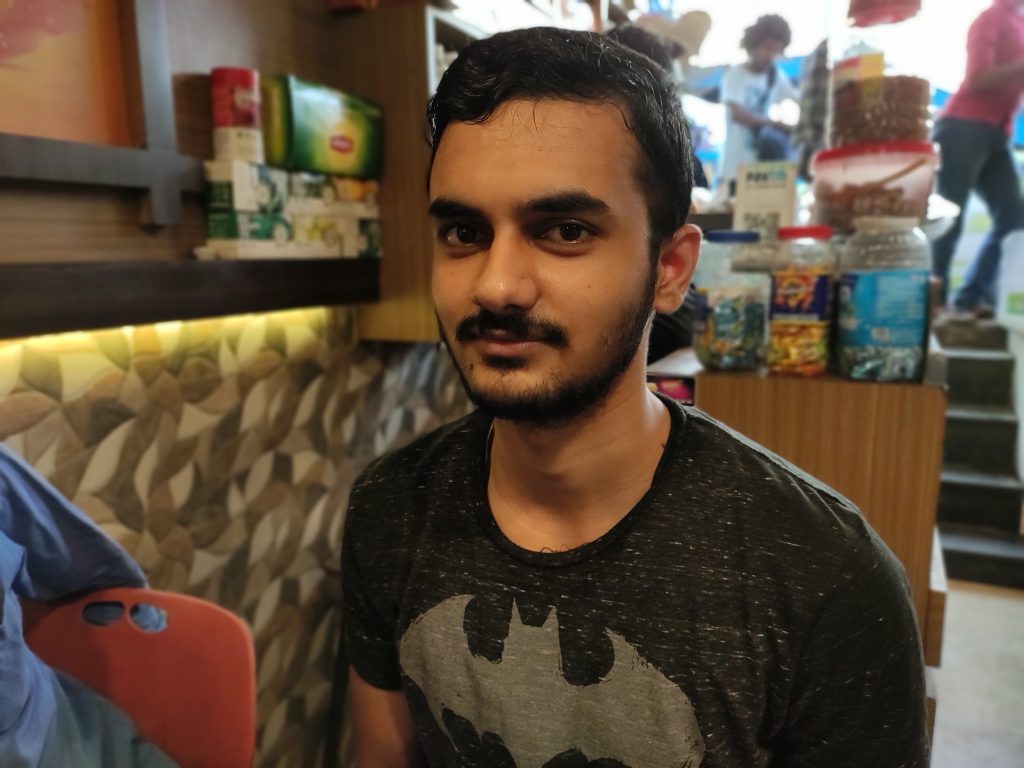
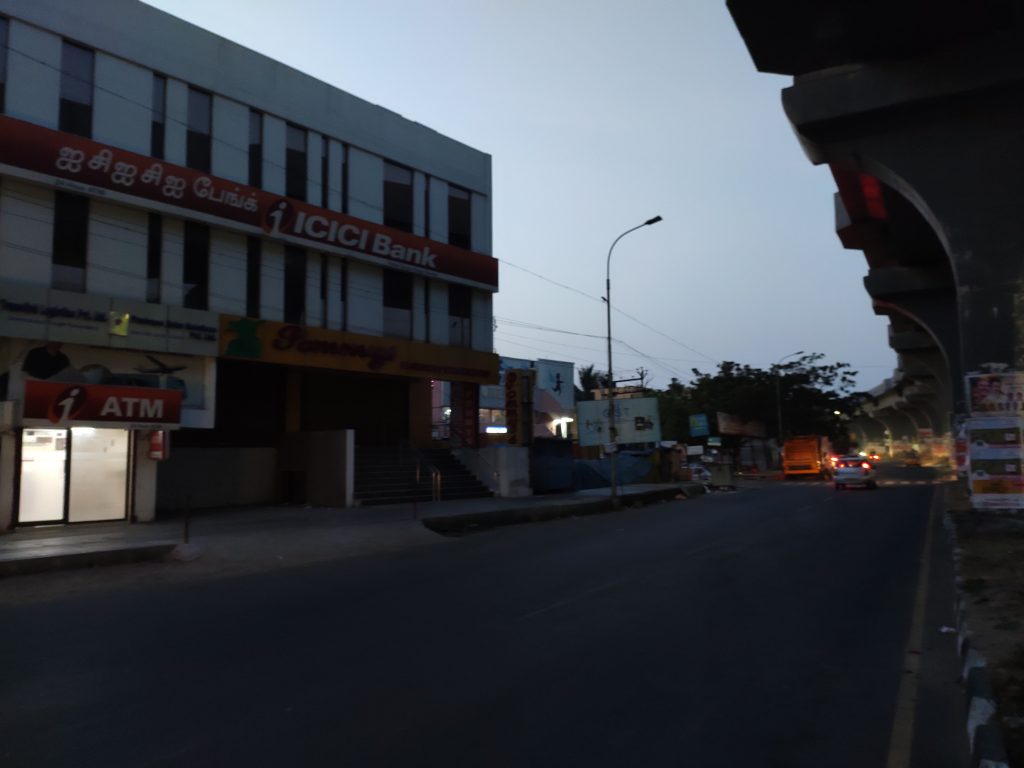
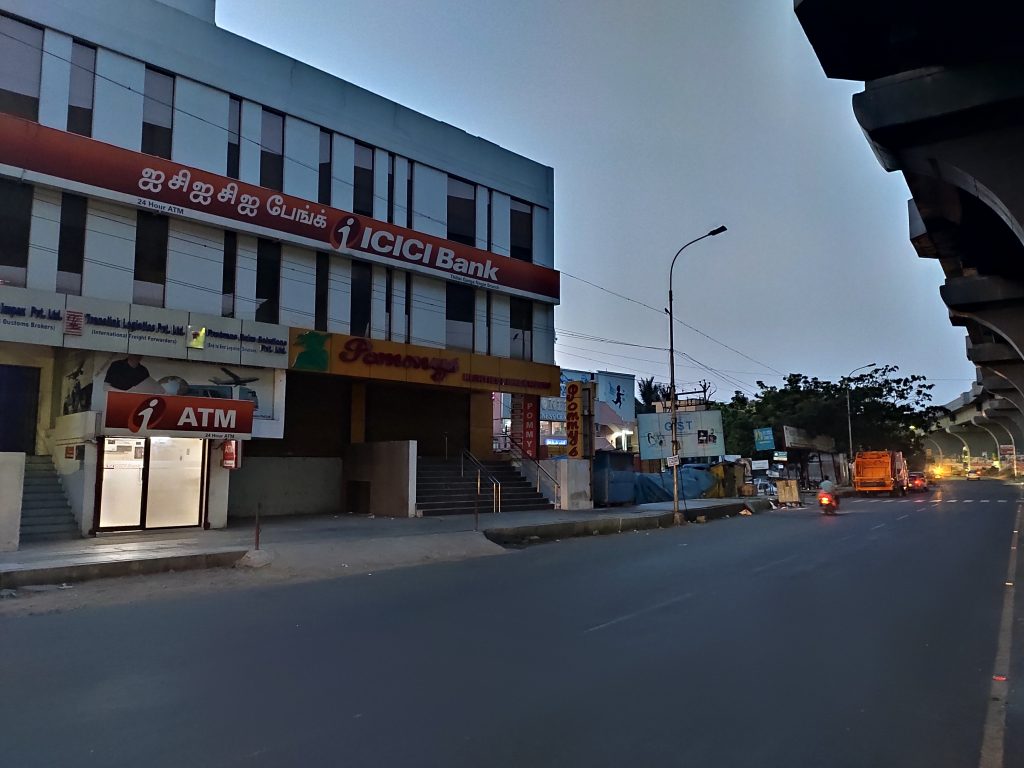

It can record videos at 4k resolution at 30 fps, 1080p at 60 fps, and it also has slow motion 1080p or 720p resolution video recording at 120fps. Check out the video samples below.
Check out more set of samples here.
Software, UI and Apps
It runs Android 9.0 (Pie) out of the box with MIUI 10 on top with Android security update for February, 2019. MIUI 10 that was introduced last year brings several features including full-screen hand gestures and improved recent menu that takes advantage of the full-screen displays, improved single-finger swipe down gesture to expand notifications, redesigned volume sliders and more. Xiaomi has been updating its App Vault with more cards and features. It has all the usual set of features such as Dual Apps, Second Space, App Lock, Quick Ball and more.
Out of 4GB RAM, you get 3.66GB of usable RAM, and about 2GB of RAM is free when default apps are running in the background. Out of 64GB, you get about 51GB of free storage. The built-in Cleaner inside the storage lets free up space by clearing cache and obsolete files.
Apart from the usual set of utility apps, Google apps and Xiaomi’s own set of apps, it comes pre-loaded with Amazon Shopping, Facebook, Dailyhunt, Opera News, Opera Mini and ShareChat apps. You can easily uninstall these apps.
Since the phone has an infrared sensor for remote function, it comes with Mi Remote that lets you control your home appliances easily. It worked flawlessly with Airtel Set-top box, Samsung and ACs. It also supports A/V receiver, DVD Player, Projector, Camera and more.
Xiaomi is known for showing ads on its phones with MIUI, which the company says is done in order to support the development cost of its own apps. If you don’t want to see ads, you have to disable recommendations when setting the phone up, promoted apps and in Xiaomi’s own apps such as Music, Video, File Manager, Mi Drop, App Valut, Cleaner and others. You can also uninstall these apps by following the procedure here without rooting the phone.
Fingerprint Sensor and Face unlock
The phone has a fingerprint sensor on the back. It immediately unlocks phone just by keeping your finger on the home button so that you don’t have to press it. You can add up to 5 fingerprints. You can also use the fingerprint for app local and payments in apps. The phone also has face unlock, but it is not as secure as fingerprint since it can be unlocked with a photo. It also doesn’t work if you use sunglasses or hats.
Music Player, FM Radio and Multimedia
The Mi Music Player is the default music player. There is also equalizer. It also has FM Radio with recording. Audio through the speaker is good. Since the speaker is present on the bottom, audio doesn’t get muffled when the phone is on a flat surface. Audio through earphones is good as well, but the company doesn’t say if it has used any amplifier chip. Unlike the POCO F1 that only got the Widevine L1 months after the launch through an update, this comes with Widevine L1 support out of the box so that you can enjoy HD content on Hotstar, Amazon Prime Video, Netflix and other streaming apps.
Dual SIM and Connectivity
It has the usual set of connectivity features such as Wi-Fi 802.11 ac (2.4 + 5GHz), Bluetooth 5, GPS + GLONASS. It also has USB OTG support that lets you connect external drives. It has 4G connectivity and also has Voice-over-LTE (VoLTE) support for Reliance Jio, Airtel and others and supports Dual 4G VoLTE that lets you use 4G on both the SIMs. The phone has integrated Snapdragon X12 LTE modem, same as the Snapdragon 636 and 660.
The dialer and messaging UI are similar to other Xiaomi smartphones running MIUI 10. Since this is a dual SIM phone, you get the option to select either SIMs when calling or sending a text message. We did not face any call drops and the earpiece volume is good as well.
Performance and Benchmarks

Coming to the performance, the phone is powered by an Octa-Core Qualcomm Snapdragon 675 64-bit 11nm Mobile Platform that has two Cortex A76-based Kryo 460 CPUs clocked at 2GHz per core and other six Cortex A55 Kryo 460 CPUs are clocked at 1.7GHz per core, comes with Adreno 612 GPU with support for Open GL ES 3.2, Open CL 2.0, as well as Vulkan graphics and up to 6GB LPDDR4x RAM, however we have the 4GB RAM version.
At the launch the company said that it is 55% faster than the Snapdragon 636 that powers the Redmi Note 5 Pro and the Redmi Note 6 Pro. Thanks to the larger Kryo 460 cores based on new Cortex A76, this is faster than the Snapdragon 710 that uses Kryo 360 larger cores based on Cortex A75.
As you can see from the synthetic benchmark scores below, it is clear that the new Snapdragon 675 SoC is better than the Snapdragon 660 that some offer in the price range, however the GPU benchmark scores are not satisfactory since it is lower than some Snapdragon 660-powered devices with Adreno 512. We did not face any issues or frame drops in the graphic-intensive games, and PUBG works in full graphics. It gets a bit warm on intensive gaming and 4G data use, but it doesn’t too hot to handle. That said, check out some synthetic benchmark scores below.
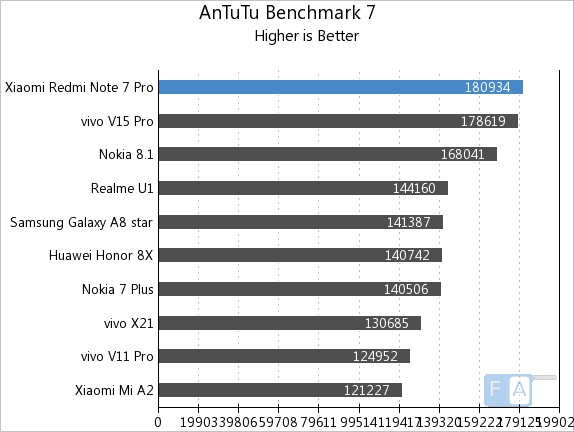
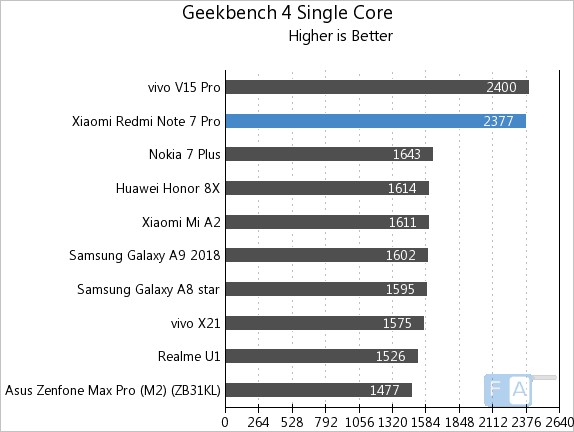
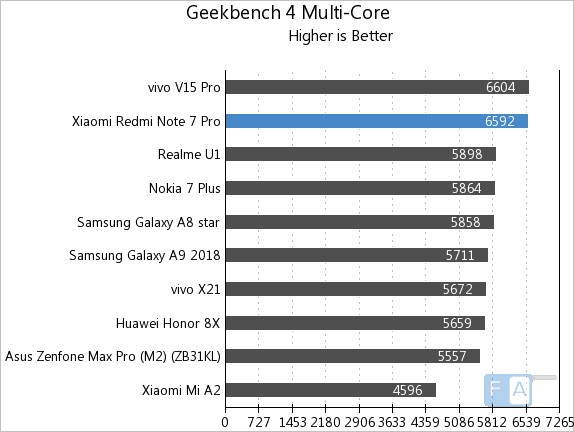


Check out the complete set of benchmark scores here.
Battery life

Coming to the battery life, the 4000mAh (typical) / 3900mAh (minimum) built-in battery, is a bit smaller compared to the 4100mAh battery on the Redmi Note 4, but the battery life is good. It lasts for a whole day even with heavy use and with average use it lasts for two days, thanks to optimization in the MIUI 9. Since the phone has support for Quick Charge 4, it takes about 1 hour and 45 minutes to charge it from 0 to 100%, and 0 to 50% takes 41 minutes with a 18W charger. Even though the phone comes with support for fast charging, it comes only with a standard 5V/2A charger in the box to cut the cost.
It achieved One Charge Rating of 18 hours and 34 minutes in our battery test, which is good for a phone with a 4000mAh battery. This is slightly better compared to 18 hours and 25 minutes score of Samsung Galaxy M20 with a larger 5000mAh battery, but it couldn’t beat the 18 hours and 51 minutes score of ASUS Zenfone Max Pro M2. We will bring you the complete set of battery life test results soon.
Conclusion
At a starting price of Rs. 13999, the Redmi Note 7 Pro is a clear winner that ticks the all the boxes by adding things that were missing in the predecessor, while maintaining the same price tag. It has a large display with a smaller notch and minimal bezels, good camera with a large Sony sensor, new Aura design with splash resistant body, smooth performance and a good battery life with support for fast charging. Of course you have to manually disable ads on Xiaomi apps, and have to live with the hybrid SIM slot or go for the larger 128GB storage version.
The Xiaomi Redmi Note 7 Pro goes on sale starting March 13th through Flipkart, Mi.com and Mi Home stores. Even though the company has promised to stock more units, it will sell out quickly, which has been the case for all its smartphones in first few weeks of sales. To summarize, here are the pros and cons of the smartphone.
Pros
- Large ‘Dot Notch’ screen is good
- Good battery life with fast charging
- Good camera
- Smooth performance
- Splash resistant body
Cons
- Camera bump
- Glass back is prone to fingerprints
- Hybrid Dual SIM might not be preferred by everyone
Photography by Siraj

